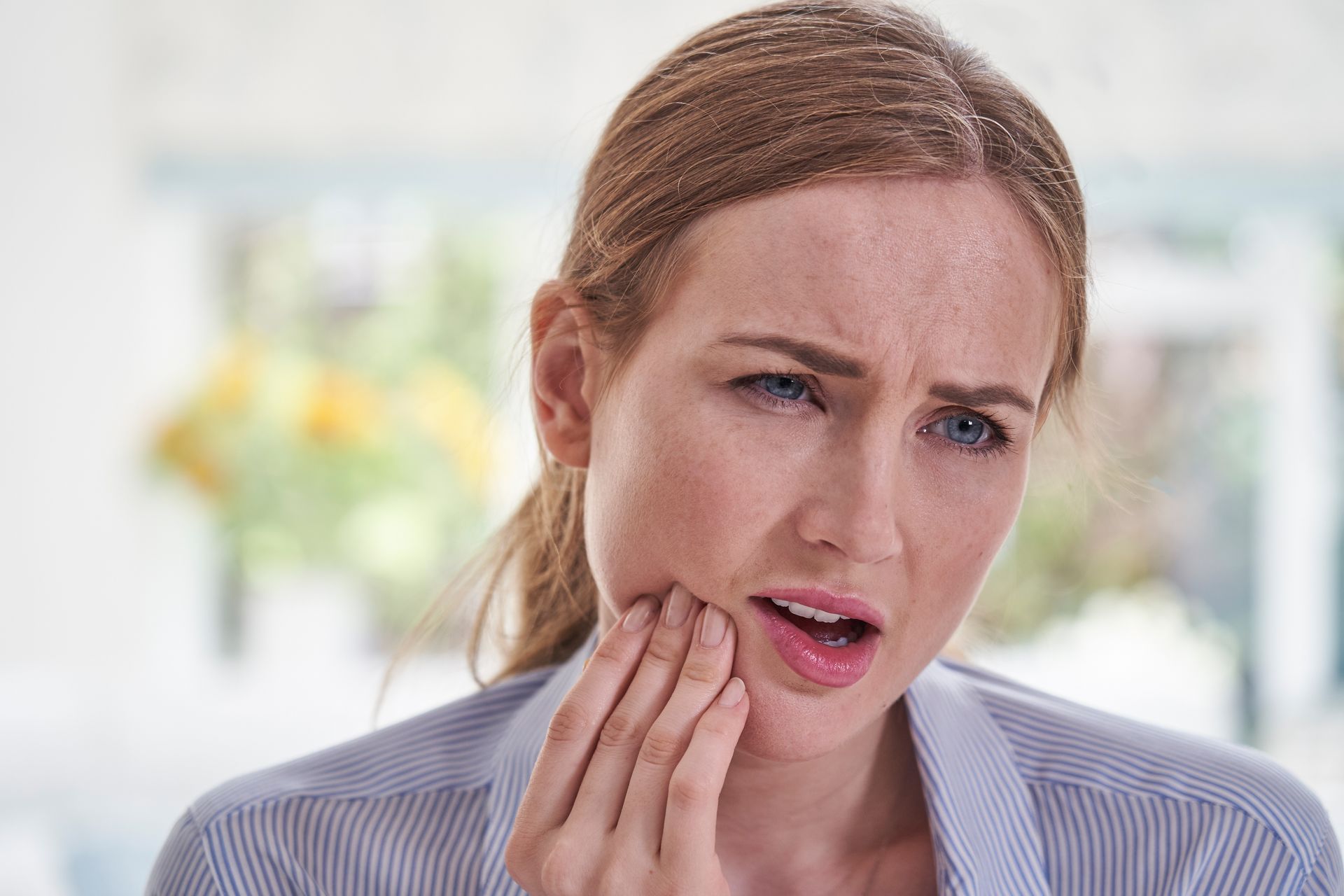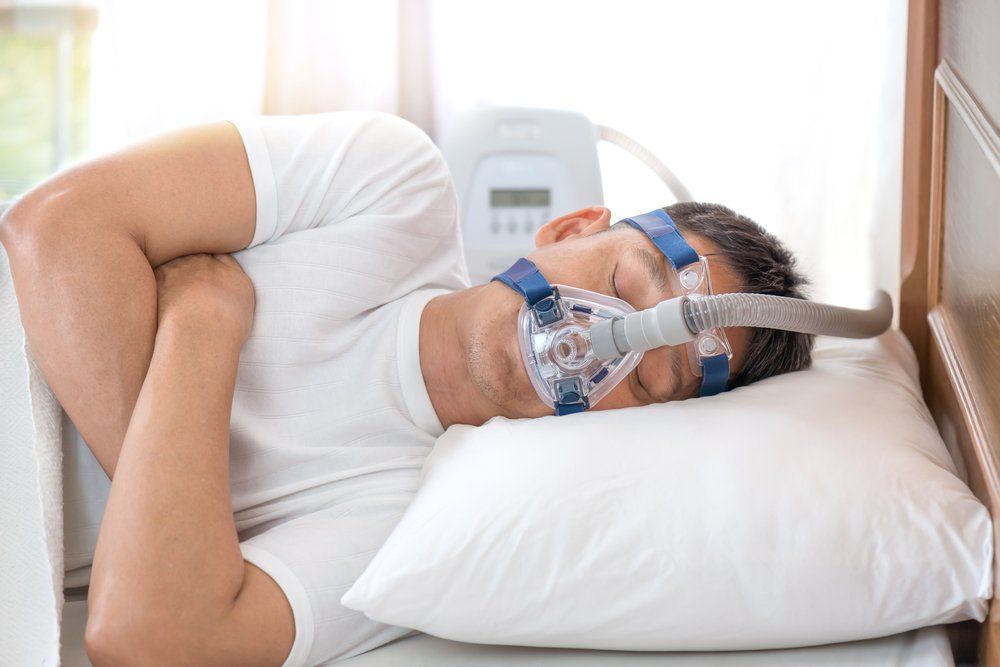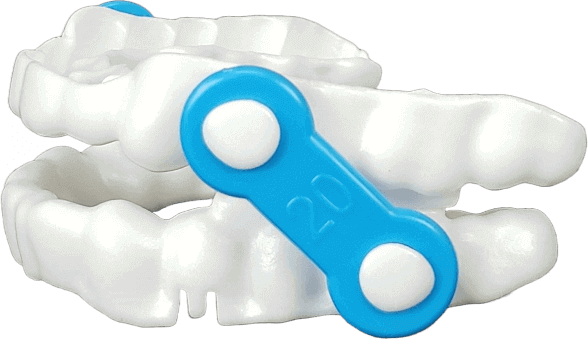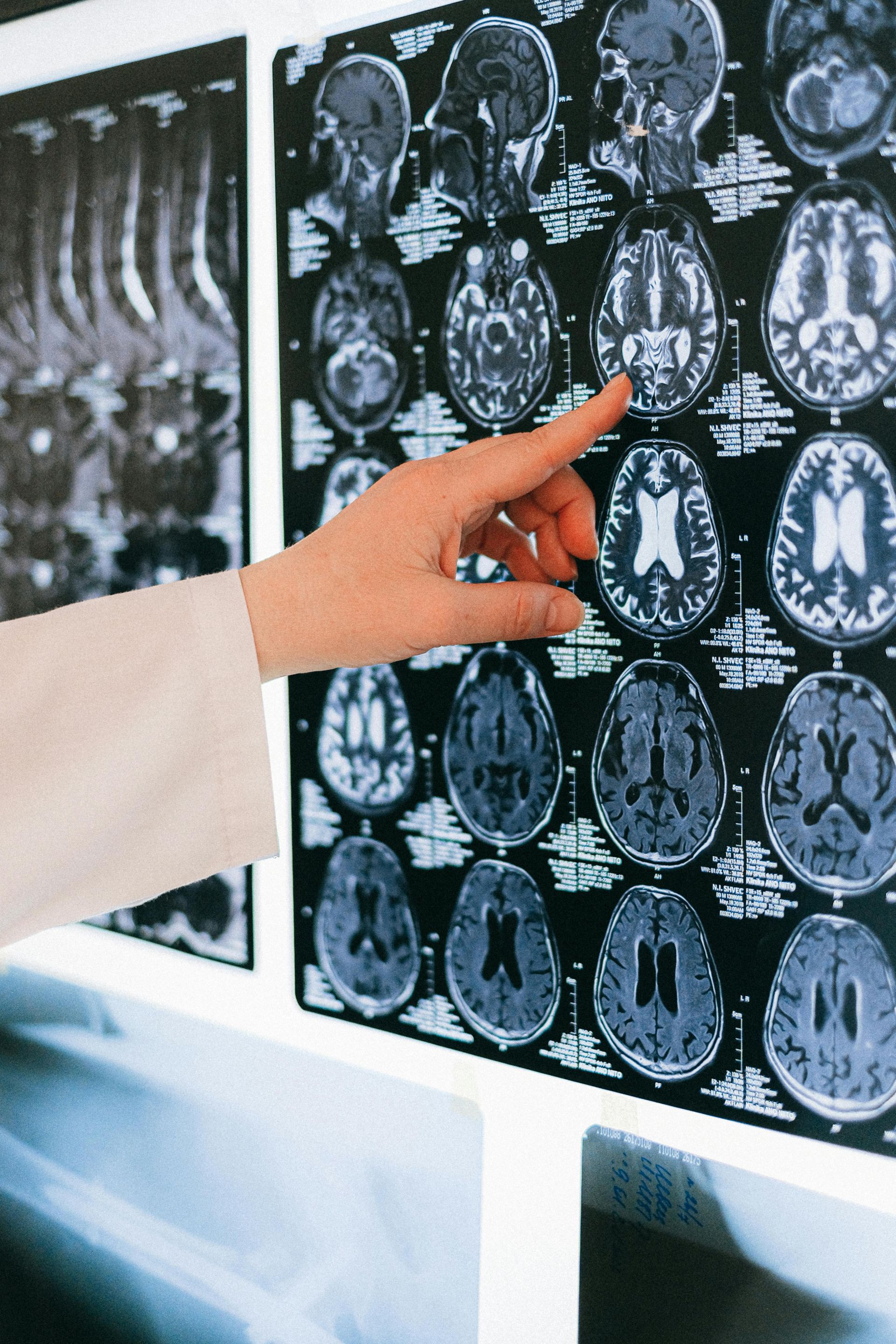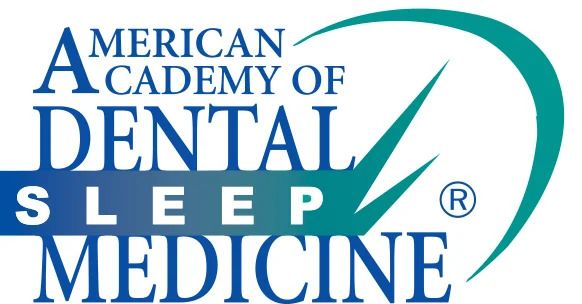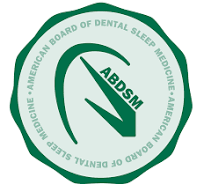Dizziness, Lightheadedness, and Vertigo Caused by TMD

Relieve Dizziness and Vertigo Caused by TMJ Disorders
Dizziness, lightheadedness, and vertigo are common in people with temporomandibular joint disorders (TMD) because of the TMJ’s close connection to the vestibular system, which controls balance. When the jaw is misaligned or under strain, it can disrupt signals in the inner ear, leading to disorientation, spinning sensations, or unsteadiness. Treating TMD through oral appliances, jaw exercises, and posture correction can significantly reduce or eliminate these symptoms, often with added support from simple at-home remedies.
At
Restore TMJ & Sleep Therapy in The Woodlands, TMJ specialists
Dr. Katherine Phillips and
Dr. YC Joseph FischerHahm deliver a comprehensive, non‑invasive approach to treating TMD that often resolves lingering balance symptoms such as dizziness, lightheadedness, and vertigo. With precision digital imaging and personalized treatment plans carefully tailored to each patient, we can reduce jaw strain, ease muscle tension, and relieve pressure on surrounding nerves and the structures near the ear to restore proper vestibular function and help patients regain stability and well‑being.
Understanding Dizziness, Lightheadedness, and Vertigo
Dizziness, lightheadedness, and vertigo are terms often used interchangeably, but they describe different sensations, and understanding those distinctions can provide important clues about their underlying cause.
Lightheadedness is a feeling of faintness or weakness, often described as nearly passing out. It’s commonly linked to drops in blood pressure, dehydration, or sudden changes in posture.
Dizziness is a broader sense of imbalance—feeling unsteady, off‑balance, or “swimming”—that can arise from inner ear issues, medication side effects, or neurological disorders.
Vertigo is a specific kind of dizziness characterized by a distinct spinning or swaying sensation, as though you or your surroundings are moving.
These symptoms may stem from a variety of conditions, but what they all have in common is their connection to the
vestibular system, the body’s internal balance mechanism. Housed primarily within the inner ear, the vestibular system works closely with the eyes, muscles, and joints to help you maintain balance, stay oriented in space, and coordinate movement. When it’s functioning properly, you can move, turn, and stand upright without conscious effort. But when the vestibular system is disrupted, the brain receives mixed or inaccurate signals about your body’s position, which can lead to sensations like spinning, swaying, faintness, or disorientation.
How TMD Causes Problems with the Vestibular System
Disorders of the temporomandibular joint (TMJ) can directly interfere with the vestibular system’s function. Because the TMJ is located just in front of the ear and shares close anatomical and neurological connections with the structures responsible for balance, dysfunction in the joint can trigger symptoms that seem unrelated to jaw movement. A TMJ that has gone awry–such as through inflammation, muscle tension, muscle tension, disc displacement, excessive teeth‑clenching or joint misalignment–can disrupt nearby nerves, affect pressure within the inner ear, or even impact the position of the bones protecting the vestibular organs (like the temporal bone), leading to vestibular confusion and the symptoms of dizziness, lightheadedness, or vertigo.
Understanding how
temporomandibular joint disorder (TMD) contributes to these sensations is essential to finding lasting relief.
Here are 6 ways dysfunction of the TMJ can contribute to feelings of dizziness, lightheadedness, and vertigo:
1. Disruption of vestibular signals
Your brain relies on three primary inputs for balance: visual cues, proprioceptive data (from your body), and vestibular input from the inner ear. When TMJ dysfunction interferes with inner‑ear signals, the inputs misalign, and the brain struggles to maintain equilibrium. That mismatch can literally make the room spin—or make you feel faint .
2. Eustachian tube dysfunction
The eustachian tube connects the middle ear to the throat and helps equalize pressure. TMJ problems can affect muscles like the tensor veli palatini (TVP) and tensor tympani, both of which link jaw movement with ear pressure regulation. When those muscles are dysfunctional or tense due to TMJ issues, pressure builds in the middle ear, altering fluid dynamics in the labyrinth and sending confusing messages to the brain, both of which can trigger dizziness or vertigo.
3. Temporal bone displacement
Though the skull is often referred to as fixed, the temporal bone can shift slightly, especially when the jaw is misaligned. Such a shift can distort the orientation of the vestibular labyrinth, causing fluid movement unrelated to actual head motion. The result is that the brain gets false motion signals and you get dizzy.
4. Nerve compression or pressure
The vestibular pathways from the inner ear to the brain cross through narrow and crowded spaces near nerve clusters (ganglia) and blood vessels. TMJ inflammation or bone/joint misalignment may impinge upon these nerves. That pressure can impair vestibular signaling and contribute to imbalance or spinning sensations.
5. Muscle tension and bruxism
Jaw clenching and grinding (bruxism) create chronic tension in the jaw, neck, and shoulder muscles. That tension can constrict nerves, restrict blood flow, and indirectly affect the stability of the vestibular system. These common, often repetitive and unconscious habits are
frequently observed in TMD patients and are often linked to dizziness or vertigo.
6. Central Nervous System integration
While the peripheral mechanisms above are most well-supported anatomically, central processing may also play a role. Pain and stress from TMD can trigger activation of the vestibular nuclei in the brainstem, causing misprocessing of balance cues. Emotional stress enhances jaw muscle tension, amplifies sensory sensitivity, and may exacerbate vestibular symptoms, creating a feedback loop that is
often seen in TMD sufferers.
What TMJ‑Related Dizziness or Vertigo Looks Like
Dizziness, lightheadedness, vertigo, or a general sense of imbalance that can significantly affect daily life are common symptoms among patients suffering from disorders of the TMJ. Multiple studies indicate that 40–70% of TMD patients report dizziness, and up to 40% experience vertigo specifically. Other sources report that50–60% of people with TMJ problems feel dizzy, and as many as 80% report one or more ear‑related symptoms, including fullness, tinnitus, hearing loss, and dizziness or vertigo. In one 2014 study, researchers found that people with TMD had a 2.3‑fold greater chance of experiencing vertigo; approximately 60% had vertigo and 65% of vertigo sufferers had TMD, with half of those with facial pain also reporting vertigo.
People with TMD‑related vestibular symptoms may notice:
- Lightheadedness or feeling faint or off‑balance, especially when rising quickly
- Spinning sensations (true vertigo), in which the environment seems to rotate
- Loss of balance, including difficulty walking or standing
- Neck, jaw or shoulder pain, often accompanying the dizziness
- Aural symptoms, such as ear fullness, ringing (tinnitus), hearing muffled sounds
- Nausea or disorientation during episodes of dizziness or vertigo
One case‑control study also noted that TMD patients with dizziness reported more
ear fullness and ear pain, even when their audiological tests were normal.
How Treating TMD Can Relieve Dizziness Symptoms
Even though the exact neurological and anatomical pathways linking TMD and vestibular symptoms are still being explored, growing clinical evidence—and consistent patient outcomes—show that treating TMD can significantly reduce or even eliminate related dizziness, lightheadedness, and vertigo. A 2023 study published in BMC Oral Health found that medical management of TMD led to substantial improvement in symptoms, with many patients reporting full or partial resolution of dizziness once their jaw dysfunction was addressed.
TMD treatment works by targeting the root causes of vestibular disruption: jaw misalignment, muscular tension, and inflammation. When the jaw is properly realigned—such as through
oral appliances, physical therapy, bite adjustment, or a combination of therapies—it reduces strain on surrounding muscles and ligaments that may otherwise pull on the structures of the inner ear or distort the position of the temporal bone. Custom-made physiologic orthotics, for example, help reposition the jaw into a more balanced, relaxed state, alleviating unnecessary pressure on the nerves and soft tissues near the TMJ.
Additionally, reducing chronic muscle tension—whether through therapeutic jaw exercises, manual therapy, or stress management techniques—can lessen compression on nearby nerves and improve blood flow to the head and inner ear. This helps restore more accurate sensory input to the brain and minimizes the conflicting signals that cause vertigo or imbalance. For patients whose TMD involves disc displacement, repositioning or stabilizing the joint disc can relieve abnormal pressure within the TMJ capsule, helping to eliminate secondary symptoms like ear fullness and vestibular instability.
By addressing the biomechanical and neuromuscular dysfunction at the source, TMD treatment not only relieves jaw pain and improves function, it can also restore harmony to the body’s balance system, providing relief from disorienting and often debilitating symptoms like dizziness and vertigo.
At‑Home Remedies to Relieve Lightheadedness, Dizziness or Vertigo Linked to TMJ
While
professional diagnosis and treatment of dizziness, lightheadedness, or vertigo are essential, there are several at‑home strategies that can help you manage vestibular symptoms while TMJ treatment is in progress or to provide temporary relief:
- Sleep with your head elevated to reduce inner ear pressure and ease vertigo symptoms.
- Avoid sudden position changes and rise slowly from lying or sitting.
- Avoid movements that hyperextend or quickly bend the neck (like looking upward or down at your phone) can provoke dizziness. Keep head movements smooth and moderate.
- Move your head slowly, gently, and mindfully to avoid provoking vestibular mismatch and minimize dizziness.
- Perform gentle jaw and neck stretches that target the TMJ
- Practice deep breathing and relaxation techniques to reduce stress, ease jaw and neck tension, and lower dizziness risk by calming sympathetic nervous activity.
- Maintain posture awareness and workplace setup to ensure your head, neck, and shoulders stay aligned.
- Avoid triggers that worsen symptoms, such as chewing gum, hard or chewy foods, sustained clenching, and overstretching the neck.
Treat Your TMD-Related Dizziness, Lightheadedness, and Vertigo at Restore TMJ & Sleep Therapy
At Restore TMJ & Sleep Therapy, patients benefit from the exceptional expertise of Dr. Katherine Phillips and Dr. Y.C. Joseph FischerHahm, TMJ and Dental Sleep Medicine specialists with over 15 years of clinical experience and board certifications in both the American Board of Dental Sleep Medicine and the American Sleep and Breathing Academy. They leverage comprehensive, personalized treatment plans—including splint therapy, laser therapy, trigger point injections, and targeted jaw and neck exercises—to reduce jaw strain, ease muscle tension, and relieve pressure around the ear and jaw joint. By addressing multiple contributing factors such as misalignment, inflammation, and bruxism, they can help restore proper vestibular function and improve your quality of life. Request an appointment today.
Restore Your Balance Today!
Don’t let TMJ-related dizziness disrupt your life. Contact Restore TMJ & Sleep Therapy in The Woodlands, TX and start feeling steady again.
-2700x842-1920w.png)





